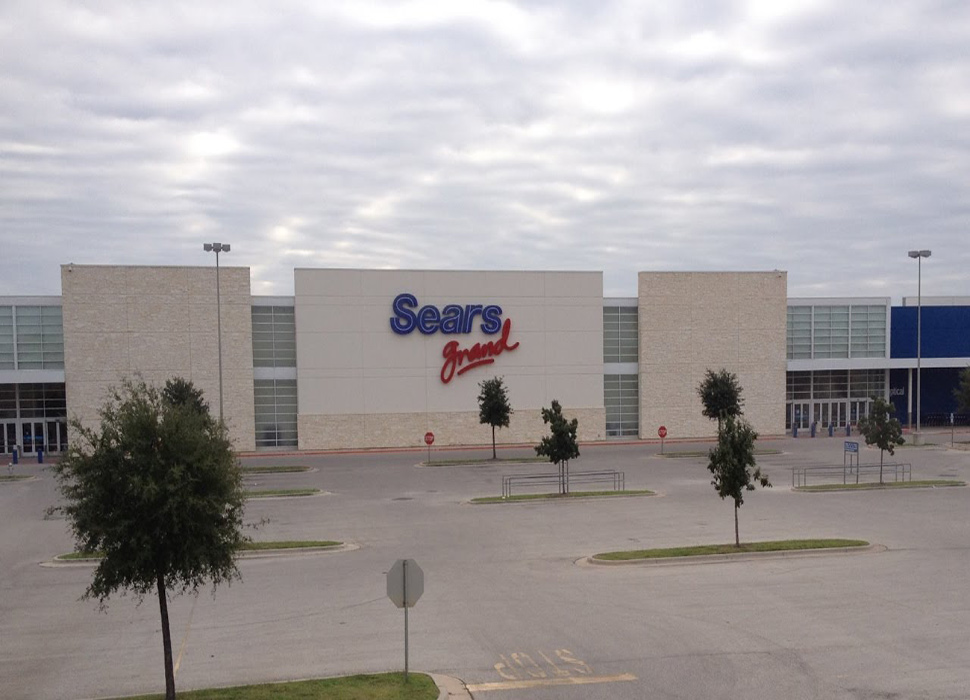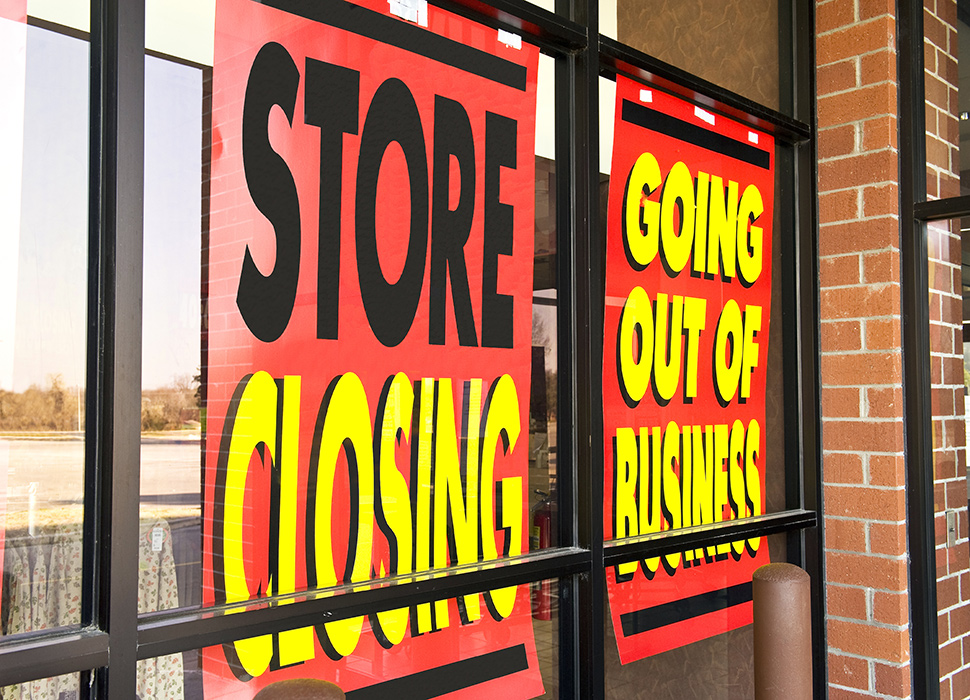News broke late April about Rochester Drug Co-Operative, and its former chief executive and another top executive being criminally charged with conspiracy to violate narcotics laws, conspiracy to defraud the U.S., and willfully failing to file suspicious order reports. The major drug company criminally charged is being investigated further in New York.
What we know:
- Both former executives face life in prison for failing to file suspicious order with the Drug Enforcement Administration.
- This prosecution is the first of its kind – that is, “executives of a pharmaceutical distributor and the distributor itself have been charged with drug trafficking (and) trafficking the same drugs that are fueling the opioid epidemic.”*
- Between 2012 and 2016 the drug company was accused of distributing tens of millions of doses of oxycodone, fentanyl and other opioids that their own compliance department flagged for the pharmacies having no legitimate need for them.
- Prosecutors said what lead to this was practitioners working for the company acted outside of the scope of their medical practices, which they are now under investigation for.
- The drug company purposely hid the red flags from the DEA to prevent pharmacy investigations and from potentially losing clients.
- The company identified more than 8,000 potential orders of interest, either by size, frequency or pattern, however only one was reported.
- During this 4-year period, RDC’s oxycodone sales grew from 4.7 million to 42.2 million, and fentanyl sales grew from 63,000 to 1.3 million.
- Due to the growth, the former chief executive’s compensation rose to $1.5 million a year.
- A spokesperson for RDC said the major downfall leading to these charges was not having adequate systems in place nor were their compliance team and practices rigorous enough to provide controls and oversight over the increased demand for narcotic drugs.
So now what?
Many times we see others thinking they’ll be the next drug company criminally charged because they don’t understand the regulations put in place by the DEA. And often, we see many smaller manufacturer, distributor and other pharmaceutical companies who don’t have the resources for a robust compliance team. So, what can keep companies on track is a robust software that monitors and tracks order data, and immediately reports anything marked suspicious. Not allowing any orders to slip by, or only having one person manage the system. If an order was flagged in an SOM software, it would have immediately been suspended from fulfillment and someone would have to go in, approve, adjust or completely reject the order, leaving an explanation as to why. They also would have been able to utilize previous order data from the permanent repository to gauge past, present and future orders to help make safe operating decisions.
Lately, so many investigations and compliance issues are due to human-error or lack of clear step-by-step protocols to follow when issues like this arise. This can be reduced when multiple users have access to the “order of interest” software workflow.
“Software that can help pharmaceutical companies identify, locate, suspend and investigate orders of interest in an easy-to-use environment is a key component to staying off of the DEA’s radar,” says e-SupplyLink CEO, Todd LaBonte. “DEA regulations can be an intimidating field to maneuver alone and, even more, a costly industry if operating without safety precautions.”
We have been helping companies operate safely within the scope of DEA regulations for more than 10 years. Our solution gives our clients the ability to select which administrators have access to the dashboard so profit doesn’t get ahead of ethics and safety. Having a robust software with customization capabilities would have protected this manufacturer. SOM software is all about supporting the compliance team or individual and giving them the control. We’ve worked with several users to understand their needs and worries, and apply order testing based on those discussions. We make order processing a team effort and ensure everyone using SOMLink is fully trained to maximize the investment. SOMLink has proven to be universally applicable, yet locally adaptable and continues to be a reliable source for identify orders of interest.
Keep reading: Pharmaceutical Ethics – Where Modern Day Practices Stand.
*Read the full NBC investigation article here.






